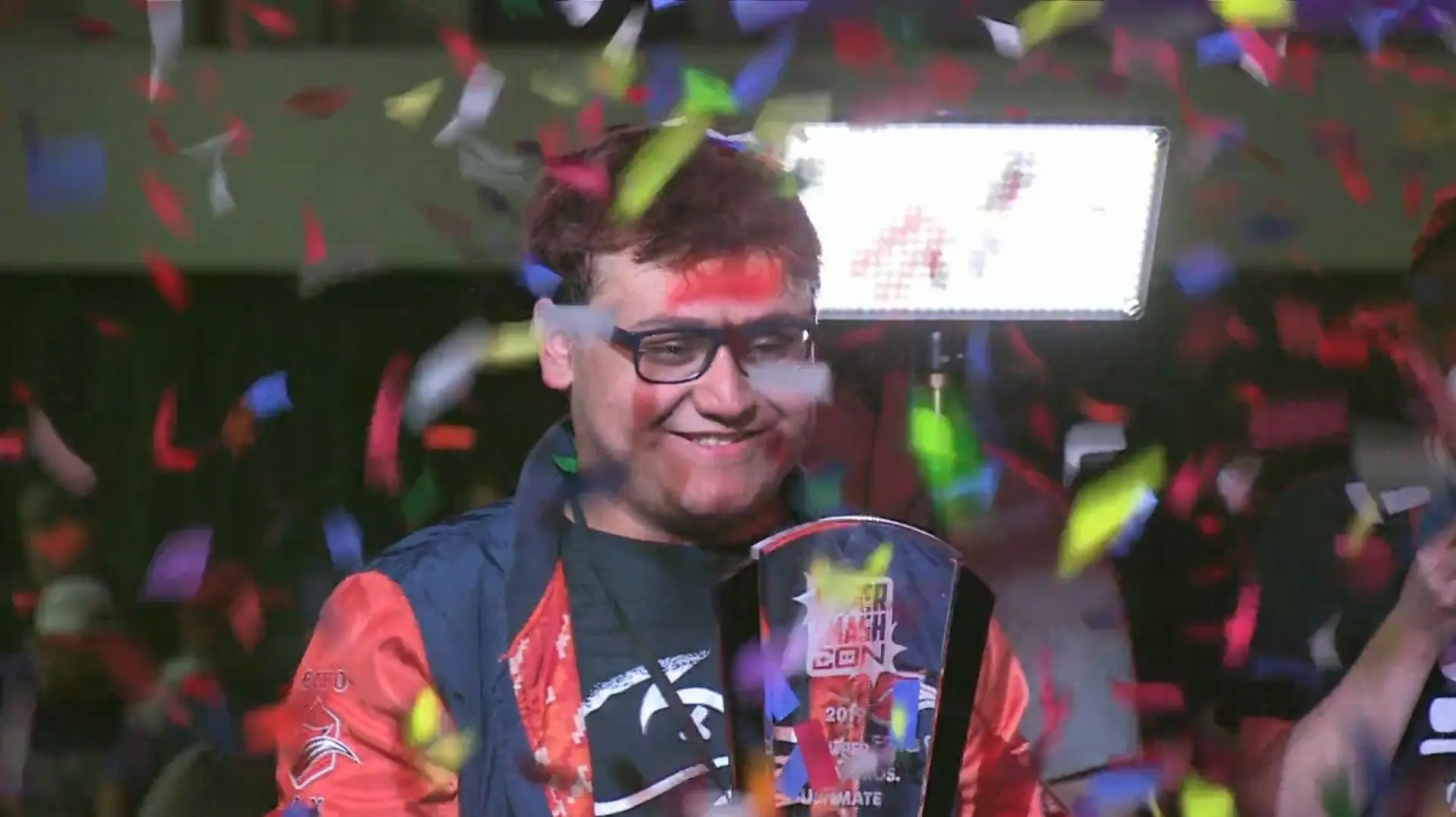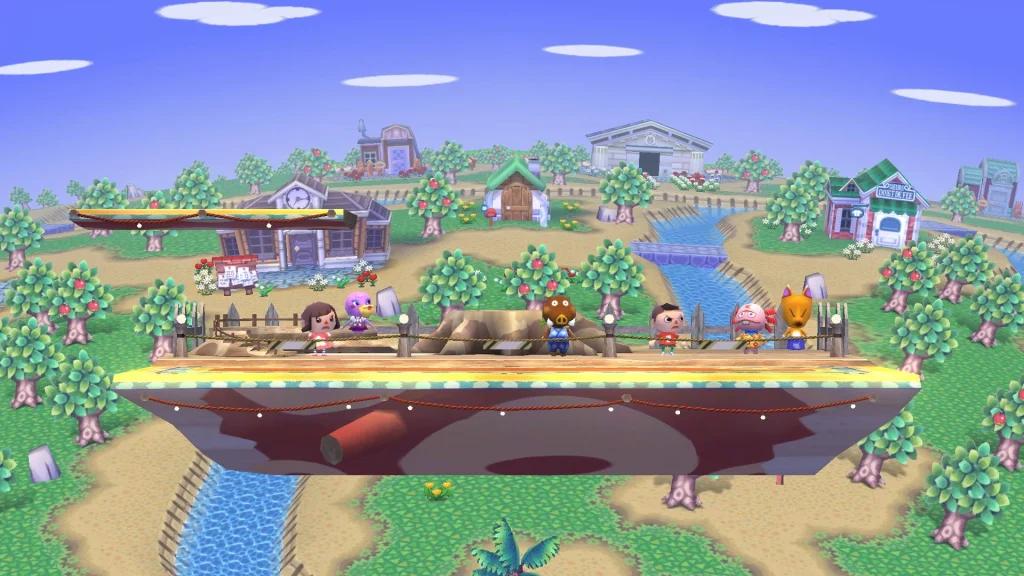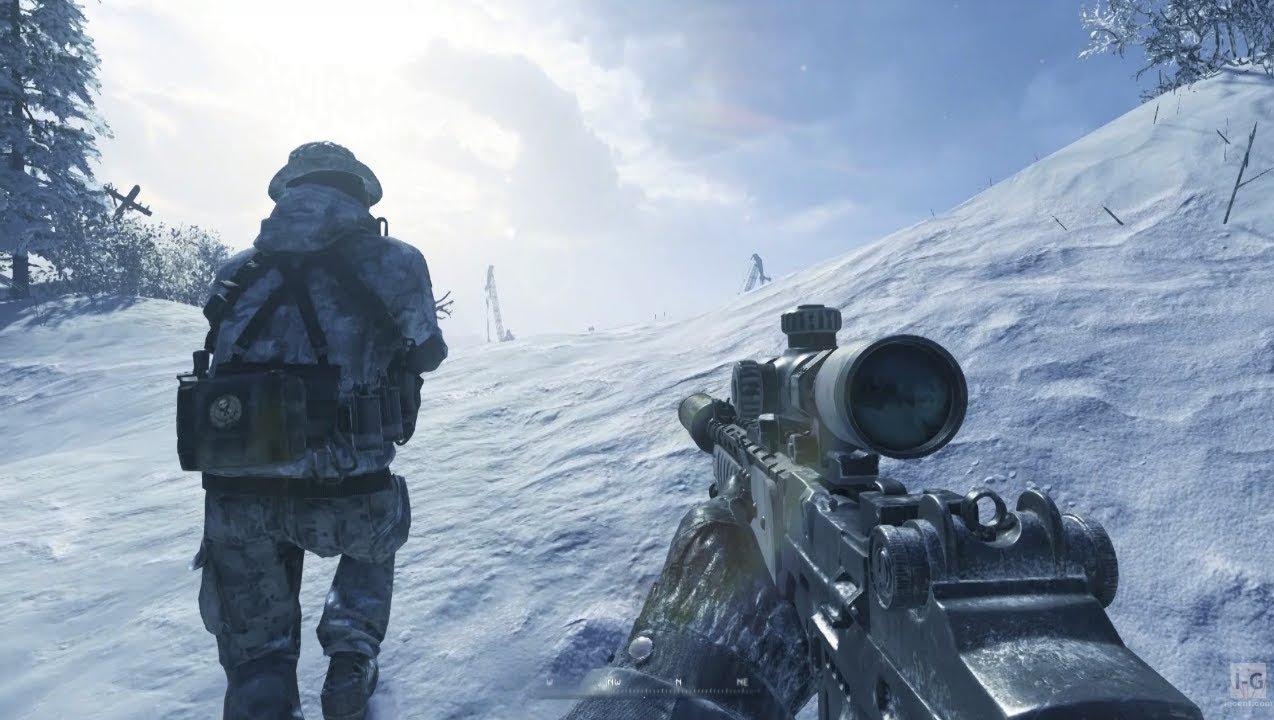
All Super Smash Bros. Ultimate tournament rules explained
Unlike most esports titles, however, the Super Smash Bros. series hasn’t historically had the support of its publisher, Nintendo. Competitions are put together by individual tournament organizers and they need to make up their own rules for games like Super Smash Bros. Ultimate.
While the ruling may change from local to local, most prominent Super Smash Bros. Ultimate tournaments have the same rules to keep the scene consistent. Here are the main tournament rules that are followed:
- Stocks: 3
- Time Limit: 6-8 minutes
- Items: Off
- Stage Hazards: Off
- Final Smash Meter: Off
- Spirits: Off
If time runs out during a match, the winner is determined by whoever has more stocks remaining. If both players have the same amount of stocks left, the winner is determined by whoever has the lower damage percentage.
On the rare occurrence that players have the same percentage, there is a tiebreaker. This is usually a stock match with one life and a three-minute time limit. The same characters and same stage must be used.
What are the tournament stage rules in Super Smash Bros. Ultimate?
Perhaps the most commonly discussed rules in competitive Ultimate are the lack of items and the specific stages that can be played on. There are over 100 stages in Ultimate but not all of them are legal in tournaments, although there is not a universally agreed-upon stage list at this time. While Nintendo’s sponsored events should have resulted in a defined rule set, that hasn’t been the case.
Some tournaments will ban certain stages that are allowed in others. Most tournament organizers agree that stages that change shape mid-battle should be banned. A floating platform is usually allowed and is often seen on popular competitive stages like Smashville.

What are the legal stages in Super Smash Bros. Ultimate?
There is a varying list of stages depending on what part of the match you’re on. There are starter stages that can be selected before a match begins:
- Battlefield
- Final Destination
- Pokemon Stadium 2
- Small Battlefield
- Smashville
After the first battle, the losing player can now pick a counterpick stage. These are stages that can’t be starter stages but can be selected as a counterpick in most tournaments on top of the starter stages above, which can also be used as counterpicks:
- Yoshi’s Story
- Lylat Cruise
- Kalos Pokemon League
- Town and City
- Northern Cave
- Hollow Bastion
You may also see other stages used in certain tournaments, including Fountain of Dreams and Dream Land. Some tournaments even allow Minecraft World. Every tournament, whether it’s a local or a major, will have its own list of legal stages so always check beforehand.
Every tournament will also have its own added rules for sportsmanship and conduct. This includes behavior like “stalling,” which is purposefully prolonging a match without engaging with the opponent. These rules are left up to individual tournament organizers.
Recommended

Can a VPN really lower your game ping? Myths vs. reality
Do you really need it?

MrBeast takes action on Ava controversy, responds to allegations
MrBeast has launched a private probe.








